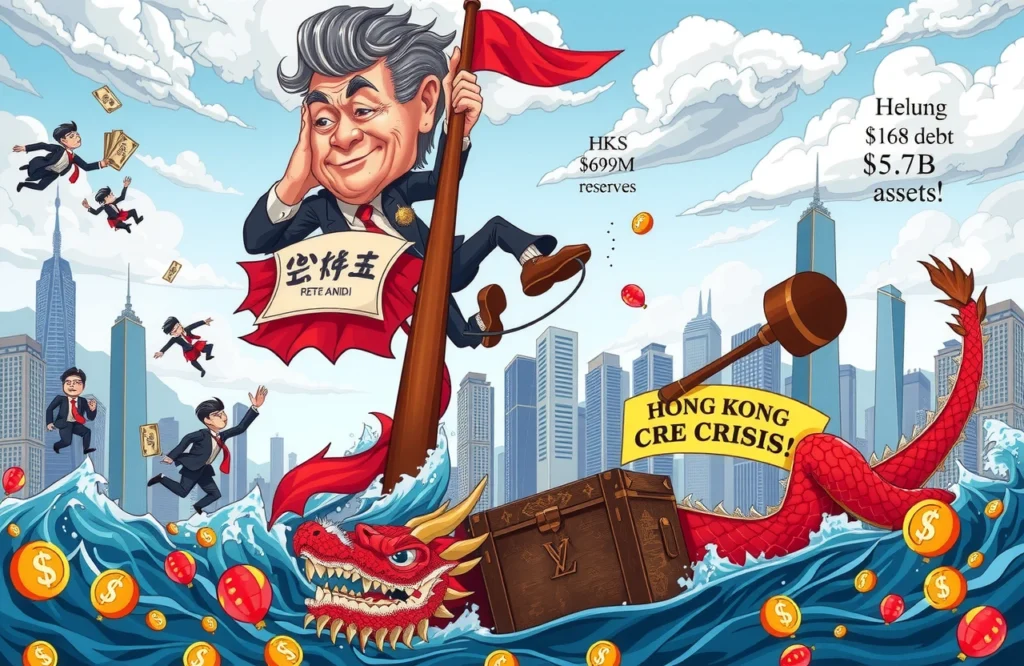The Wave of “Aranya Copies” Meets Legal Backlash
When visionary architecture becomes cultural currency, imitation seems inevitable. Across China, replicas of Aranya’s iconic seaside chapel – dubbed “the loneliest chapel” – have mushroomed in tourist hotspots, malls, and residential complexes. The striking silhouette framed against ocean horizons became spiritual branding for Aranya Holding Group’s premium developments. But one imitation in Xinxiang, Henan province sparked monumental litigation. After a bitter court battle ending at Henan High Court, a 60,000-yuan replica must now face demolition in a landmark ruling for architectural copyright enforcement. This watershed moment forces discussion on intellectual property protection in China’s booming destination tourism sector.
Aranya Chapel: Design That Captured Collective Imagination
Perched delicately on golden sands where Bohai Gulf meets the Yalong River mouth, the minimalist triangular chapel appears both solemn and defiant against endless horizons. Completed in 2015 by architects Zhu Zifei and Liang Zhiqiang, its deliberate isolation amid shifting tides created profound visual metaphor. Beijing-based Aranya Holding Group incorporated the chapel as anchor artwork within their luxury seaside Aranya Community development.
From Obscurity to Cultural Phenomenon
What transformed obscure architecture into national obsession? Social media explosion. Weibo users coined “loneliest chapel” in 2018 after viral photography revealed the chapel gleaming at sunrise like solitary pearl. Visitor notes collected inside its pale timber walls amplified emotional resonance:
- “Feeling small beneath infinite sky”
- “Finally understood solitude as peace”
- “Where land prays to sea”
By 2023, Annual visitation exceeded 850,000, cementing status as China’s ultimate insta-backdrop. Marketing director Hu Mei (胡玫) confirms daily reservations fill within minutes: “This isn’t just a building – it’s become spiritual pilgrimage”
The Xinxiang Litigation Saga
March 2024: Xiaohongshu users started tagging “#XinxiangAranya” photos showing startlingly similar structure. Located at Jingkaili commercial complex in Henan’s Xinxiang city, developers Henan Jingkaili Real Estate Co., Ltd. (河南经开里置业有限公司) created what locals dubbed “Aranya Fangya” (Aranya’s copycat sibling). Evidence revealed:
- – Identical triangular silhouette/porthole window placement
- – Matching interior wooden pew configuration
- – Similar waterfront positioning
Aranya Holding Group dispatched cease-and-desist letters demanding demolition within 15 days. Henan Jingkaili Real Estate countered with token modifications – installing glass panels in the chapel’s base – arguing transformative fair use.
Courtroom Play-by-Play
Round One: Injunction Ordered (September 2024)
Xinxiang Weibin District Court ruled modification insufficient but stopped short of demolition – ordering structural changes to eliminate similarities. Neither party accepted verdict.
Round Two: Demolition Mandated (February 2025)
Xinxiang Intermediate Court overturned initial judgment. Presiding judge Wu Liang (吴亮) stated: “Deliberate replication exceeds inspiration, constituting clear architectural copyright infringement under Article 4 of China Copyright Law.” Demolition ordered within 120 days.
Final Verdict: Henan High Court (June 2025)
Appeals failed. Henan High Court upheld demolition ruling stating: “Decoration alterations cannot mask plagiarized structural essence.” Crucially, verdict established:
- – Architectural uniqueness determines infringement thresholds
- – Social media proof establishes infringement timeline
- – Cease-and-desist compliance impacts damages
Architectural Copyright Enforcement Gains Vital Precedent
Beijing Jinlawyer Law Firm director Wang Yuchen (王玉臣) explains why this case resonates broadly: “Judges moved beyond debating copyrightability regarding functional buildings – protecting distinct aesthetic expression.” Aranya Chapel benefited from curvature departures from utilitarian convention, qualifying as “artistic architecture” under Copyright Law.
Industry Implications
The demolition order delivers unambiguous warnings:
- – Tourism developments cannot freely replicate landmarks
- – Social media comparisons strengthen infringement claims
- – Post-lawsuit alterations must demonstrate substantive redesign
- – Removal costs exceed avoidance investments
Professor Li Ming (李明) of Tsinghua Architecture School notes: “Most replicas arise from developers seeking quick traffic – Jingkaili paid steep tuition on this.” With tourism contributing 11% to China’s GDP according to World Travel & Tourism Council, pressure mounts for compliance.
Site Report: The Chapel Replica Facing Destruction
Visiting Jingkaili complex reveals peculiar limbo. Despite demolition deadline approaching:
- – The chapel stands intact beside artificial canal
- – Padlocked doors display tenant notices inside
- – Nearby shopkeeper shrugs: “Maybe government changes mind?”
A bystander expressed common sentiment: “Looks nice – why waste money tearing down?”. Yet Jingkaili’s legal transgressions extended beyond architecture:
- – Company controller Wang Shunlong (王顺龙) faces June 2025 high-consumption restrictions
- – Corporate bank accounts partially frozen
- – Project leasing paralyzed by negative publicity
Jingkaili representative statements indicate intentions: “We plan challenging Aranya’s design registration legality.” Industry observers deem this desperation tactic doomed.
The Ripple Effect Across China
Beyond Xinxiang, replication hotspots face existential uncertainty. Notable cases under monitoring:
| Location | Replica Name | Current Status |
|---|---|---|
| Xingta, Hebei | Tongxin Island Chapel | Cease-desist received |
| Haining, Zhejiang | BlueProject Lonely Hall | Modifications underway |
Property analyst Zhang Qian (张倩) predicts chain reactions: “Developers demolishing voluntarily reduces liability risks.” Daily Economic News tracked 17 comparative structures nationwide since verdict announcement – 9 displaying visible alteration attempts.
Constructive Paths Forward
Wang Yuchen proposes systemic solutions preventing recurrence:
Legal Framework Improvements
- – Create architecture copyright registry streamlining infringement claims
- – Establish originality quantifications (e.g. distinctive angle tolerances)
- – Introduce punitive demolition compensation formulas
Industry Accountability Shifts
- – Tourism boards evaluating cultural authenticity beyond visitor counts
- – Developers commissioning regionally inspired architecture
- – Social platforms proactively tagging identified replicas
Shenzhen Design Week Creative Director Chen Wei (陈伟) advocates positive incentives: “Local inspiration competitions would uncover incredible vernacular designs.”
A Watershed Moment for Creative Rights
The Jingkaili demolition mandate transcends singular building dispute – confirming artistic architecture merits copyright vigilance equal to films or music. Tourism-driven imitation economies face disruption requiring genuine design investment. As creative protections strengthen globally through cases like this, Chinese developers reassess short-cut temptations against reputation permanence. Business leaders must recognize: lasting resonance springs from authentic originality, not derivative shortcuts. Evaluate projects through visionary lenses – for cultural contributions outweighing temporary traveler numbers. Champion architects crafting tomorrow’s landmarks.




